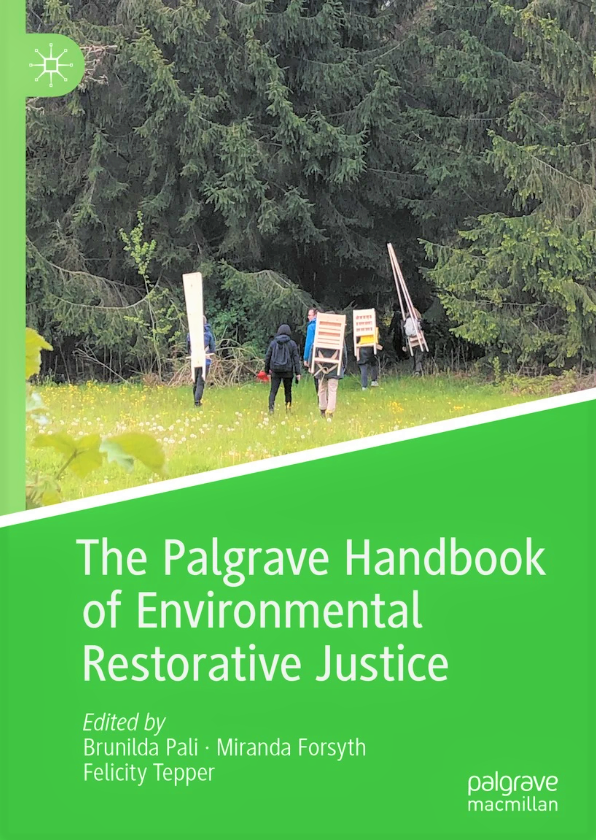The principles that drive restorative justice such as relational definitions of harm, participation, harm reparation and healing, are principles that must be central in conceiving environmental justice. The term environmental restorative justice indicates both how an environmental agenda can contribute to restorative justice and how restorative justice can be used in the context of environmental harm.
At a philosophical level, restorative justice is better aligned with ecocentric and indigenous approaches in defining what constitutes environmental harm and to define what constitutes environmental justice. It can create space for alternative narratives, and is more open to redefine and challenge notions of harm and justice. It is possible therefore in restorative processes for stakeholders to define themselves as victims of environmental harm even if they are not so legally defined by the criminal justice system. It is also possible to narrate of a type of harm that is not legally acknowledged.
At a practical level, restorative justice has its participatory and dialogic processes to offer which enable all the stakeholders to sit together at a horizontal and respectful level and express grief, anger, fear, explain, clarify, and eventually commit to make amends and move on with new creative and reparative actions.
Restorative processes can be applied within harmed communities, between harmed communities and corporations, between state and activists, but also between humans and other-than humans. Restorative processes can lead to action plans or restorative contracts which contain a range of commitments to prevent or repair damaged ecosystems. Possible restorative outcomes in the case of environmental harm are apologies, restoration of environmental harm, prevention of future harm, compensatory restoration of environments elsewhere if the affected environment cannot be restored to its former condition, payment of compensation to the victims, community service work, environmental audit of the activities of the offending company, and environmental training and education of the company’s employees.





